If you feel a sudden need to test your strength while in the vicinity of Reykjavík, you’re in luck. There is a 186-kilogram (410-pound) basalt rock that exists to be lifted.
Before it was a vacation destination for tourists exploring western Iceland’s natural beauty, Húsafell was a farm and church estate. When Snorri Björnsson, who was pastor from 1756 to 1803, built a rock-walled pen for shearing sheep and milking goats, he placed this large basalt stone, known as Kviahellen, or “Pen Slab,” at the entrance.
The stone became a way for locals to test their strength through several challenges. The first was to lift the stone onto the wall south of the northern door. The second was to lift the stone onto the larger stone in the northern wall (where Snorri’s name is carved). The third, or Fulsterker (“Full Strength”), involved lifting the stone and walking the full distance around the pen.
In 1992, the stone found international fame when it appeared in the 1992 World’s Strongest Man competition, where Canadian Gregg Ernst set a record by carrying it 70 meters (230 feet). The current record is held by Hafþór Júlíus Björnsson, who carried the stone 98.16 meters (322 feet) in the 2019 Iceland’s Strongest Man competition.
Weightlifters, crossfitters, and those who just fancy their luck visit Húsafell year-round to try lifting the stone. Several manage to pick it up, but none of them have anything on Snorri’s daughter who, legend has it, could lift the stone and circle the pen twice.
Know Before You Go
The stone and ruins of the pen are accessible from highway 518, not far from Hraunfossar and Barnafoss.


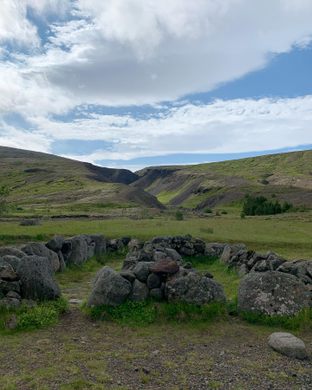
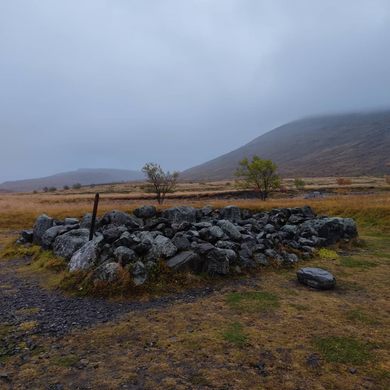



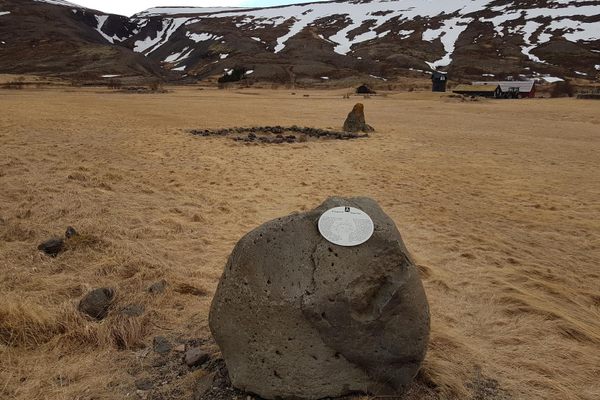
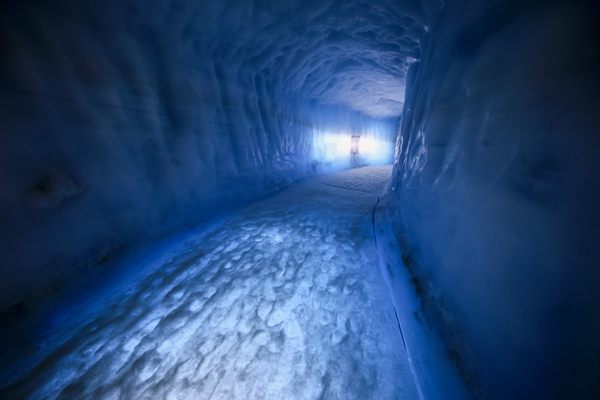
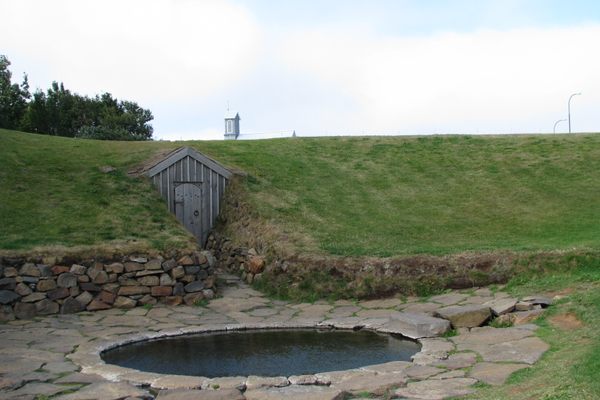




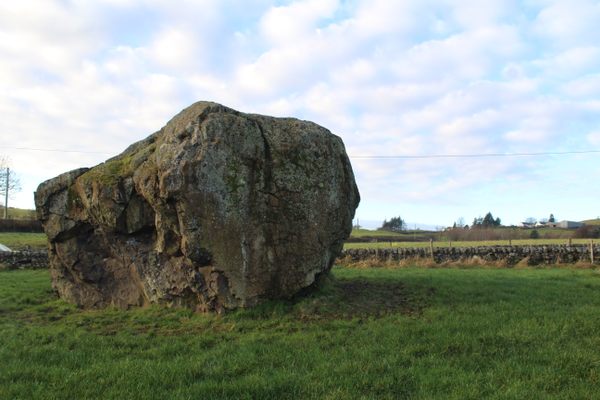

Follow us on Twitter to get the latest on the world's hidden wonders.
Like us on Facebook to get the latest on the world's hidden wonders.
Follow us on Twitter Like us on Facebook